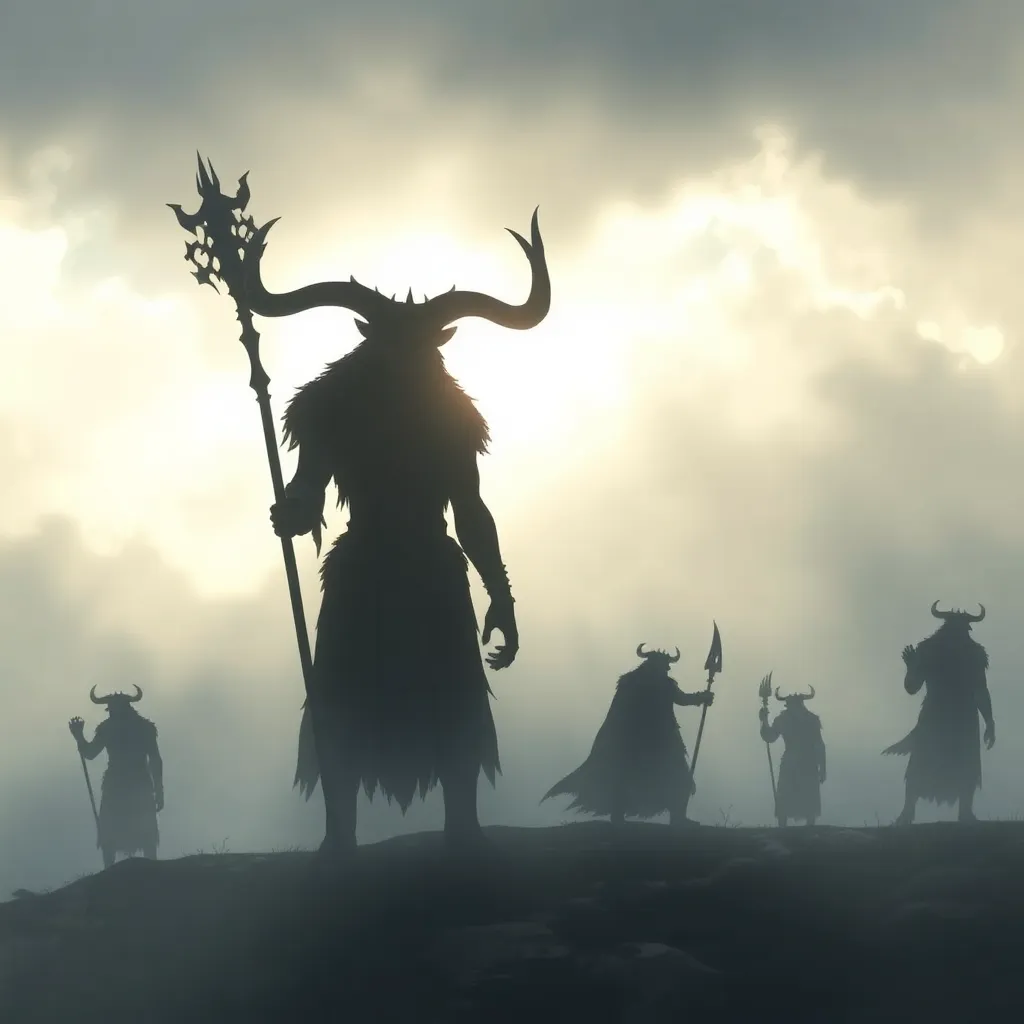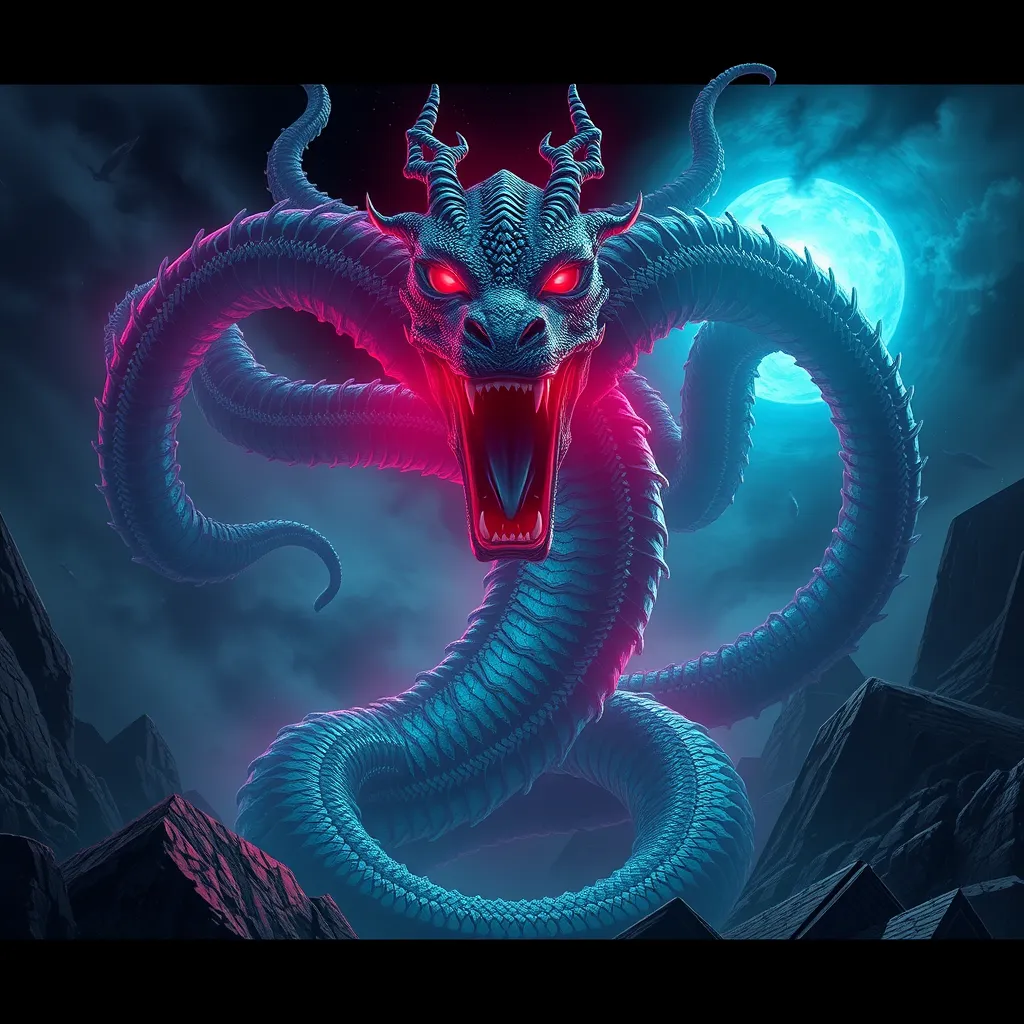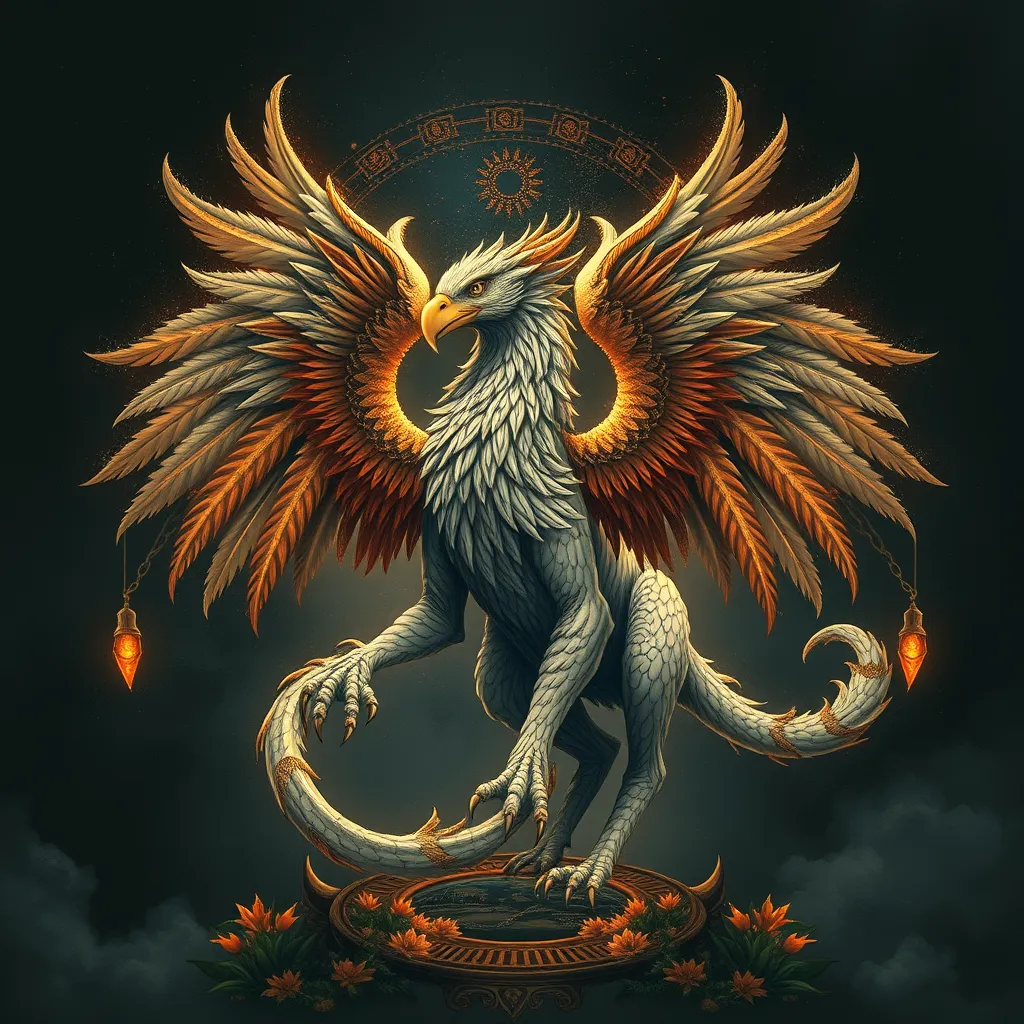The Orcish Future: Predicting the Potential Evolution of Orcish Cultures & Mythologies
I. Introduction
Orcish cultures and mythologies have long been a captivating subject within the realms of fantasy literature and gaming. Traditionally portrayed as brutish and savage creatures, Orcs have evolved to embody a rich tapestry of stories and identities. Understanding the evolution of Orcish cultures is not only crucial for appreciating their place in fantasy but also for recognizing their significance in contemporary discussions about representation and diversity in storytelling.
This article aims to explore the historical context of Orcish cultures, analyze contemporary portrayals, and speculate on the future of these mythologies. By delving into the socio-political factors influencing their evolution and examining the potential for new cultural narratives, we can gain insights into the complex identity of Orcs in modern society.
II. Historical Context of Orcish Cultures
The origins of Orcish cultures can be traced back to various mythologies and folklore, notably in European traditions where they were often depicted as monstrous beings. Early representations were largely negative, framing Orcs as symbols of chaos and destruction.
Over time, Orcs have evolved through literature, games, and media, becoming more nuanced characters. In J.R.R. Tolkien’s works, for instance, Orcs are depicted as corrupted beings, reflecting a loss of dignity rather than mere brutishness. This portrayal laid the foundation for future interpretations in various media.
- Key characteristics of traditional Orcish societies:
- Strong warrior culture
- Tribal organization and governance
- Connection to nature and the land
- Complex social hierarchies
III. Contemporary Portrayals of Orcs
In modern adaptations, Orcs have often transitioned from the role of simple villains to more complex characters with rich backgrounds and motivations. Media such as “World of Warcraft” and films like “The Lord of the Rings” have contributed to this shift, portraying Orcs with a sense of honor, loyalty, and depth.
This evolution reflects broader changes in societal attitudes towards diversity and inclusion, as creators strive to present more varied and authentic representations of all cultures, including those of Orcs. This shift allows audiences to engage with Orcish narratives in new and meaningful ways, challenging stereotypes and inviting empathy.
IV. Socio-Political Factors Influencing Orcish Evolution
Globalization has played a significant role in shaping mythologies around the world, including Orcish narratives. As cultures intermingle, the stories we tell evolve, reflecting the complexities of our interconnected world.
Social justice movements have further influenced Orcish representation, encouraging creators to depict Orcs in ways that challenge traditional narratives of violence and barbarism. This includes exploring themes of oppression, resistance, and community, allowing Orcish cultures to mirror contemporary societal issues.
V. The Future of Orcish Mythologies
Speculative fiction serves as a powerful tool for cultural evolution, enabling creators to envision new possibilities for Orcish stories. Future mythologies may incorporate themes of environmentalism, technological advancement, and social justice.
As society grapples with pressing issues, Orcish narratives may reflect topics such as:
- Environmental stewardship and sustainability
- The impact of technology on traditional ways of life
- Intercultural dialogue and cooperation
The integration of technology and digital storytelling will also play a crucial role in shaping the future of Orcish cultures, as virtual realities and interactive narratives allow for more immersive experiences.
VI. Cultural Identity and Orcish Communities
The exploration of Orcish identity has blossomed within fan cultures, leading to a vibrant community of enthusiasts who celebrate and reinterpret Orcish narratives. These communities often engage in collaborative storytelling, creating fan fiction, art, and cosplay that further enrich the Orcish mythos.
As Orcish-inspired groups and movements emerge in the real world, they provide opportunities for individuals to connect over shared interests and values, fostering a sense of belonging and identity that transcends traditional boundaries.
VII. Environmental Themes in Orcish Futures
Orcish mythologies often depict a deep connection between Orcs and nature. This relationship can serve as a foundation for future narratives focused on environmental themes, emphasizing stewardship and harmony with the earth.
Predictions for future Orcish cultures may include:
- Advocacy for ecological preservation
- Integration of sustainable practices in daily life
- Exploration of the consequences of ecological neglect
Ecological narratives may become significant in shaping Orcish identities, as they resonate with contemporary global challenges and inspire action toward a more sustainable future.
VIII. Conclusion
In summary, the evolution of Orcish cultures and mythologies reflects a dynamic interplay of historical context, contemporary portrayals, and socio-political influences. As Orcs continue to evolve, they have the potential to enrich broader mythologies and contribute to meaningful conversations about identity, diversity, and environmental stewardship.
The future of Orcish cultures is bright, filled with possibilities for new narratives that resonate with audiences around the world. We must continue to explore and appreciate Orcish heritage, celebrating its complexities and embracing the richness it brings to our collective storytelling.



